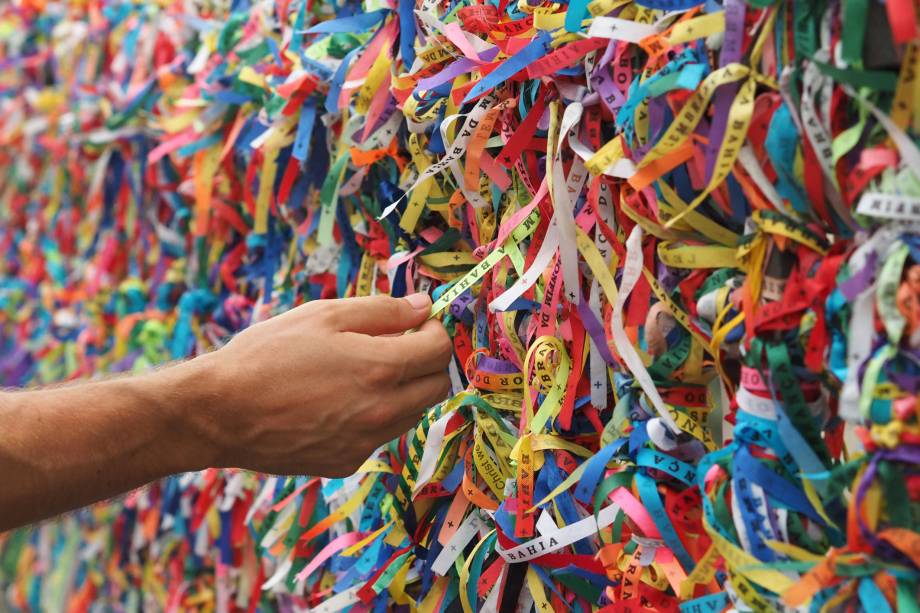RIO DE JANEIRO, BRAZIL – Religious tourism is one of the main components of the sector in Bahia, attracting some 5 million people annually among the state’s cities. The trend should grow after the canonization of sister Dulce, the first Brazilian saint born in the state.
In the week that Pope Francis announced the nun’s second miracle, the number of visitors to the shrine devoted to her increased by 200 percent: there were more than 1,200 people in seven days.
After the increase in the flow of tourists, the sanctuary was forced to hire more people to assist, generating economic growth.
One such person is the administrative assistant Matheus Porziuncola: “They needed more staff, and I got my contract through the sanctification of Sister Dulce.”
Salvador has two major religious routes: the Pelourinho — which starts at the Museum of Mercy and goes through the main temples of the Historical Center; and the Cidade Baixa — in the Church of Conceição da Praia, where the flow of foreign tourists has been increasing every year.
The caretaker of the Conceição da Praia Church, José Gonçalves, lists the countries of the Basilica’s most frequent visitors. “South American countries, such as Argentina, Paraguay, Uruguay, Colombia, even China. Many people come here,” he said.
Through the canonization of Sister Dulce, the state capital of Bahia gained a third pilgrimage site. The project to renovate Avenida Dendezeiros do Bonfim will convert the street into a “walkway of faith” to connect the sanctuary, which is located in Largo dos Mares to the Senhor do Bonfim Sanctuary Basilica on the Colina Sagrada (Holy Hill).
In the Ferrovia suburb, the Coutos neighborhood also houses another venue for religious tourism, the Monastery of Salvador. There, sixteen nuns accommodate pilgrims and welcome people of all religions, whether in groups or otherwise, to make a retreat.
Pilgrimage tourism
Many pilgrimage centers are born out of places that are already connected to religion, such as a famous church — like the Third Order of Carmelites. However, others are explicitly built for pilgrims. One of these places is the Cidade Santa (Holy City), located in Dias D’Ávila, in the metropolitan area of Salvador.
Seen from above, the size of the site is impressive: 1 million m², which even contains a lake. The sanctuary, capable of holding 7,000 people, should be ready this year.
The design was Father Paulo Avelino’s concept, who says he received a divine calling to seek donations and build the area. “God asked me for much more, crowds, people. And I felt that God was asking me to go in that direction.”
The plan is to build ten chapels, restaurants, inns, shops, and spiritual retreat areas.
Another major pilgrimage center in Bahia is 780 kilometers from Salvador, in Bom Jesus da Lapa, in the west of the state. With just over 68,000 inhabitants, Bom Jesus is known as the Bahian capital of faith.
There, over two million people visit the city every year, according to the city hall. Caravans arrive from all over the world, throughout the year; however, the two major pilgrimages occur in August and September.
The tourist flow is driving the city’s economy. As a result, the city government estimates that the sanctuary will generate about 3,000 direct and indirect jobs.
Source: riotimesonline.com




